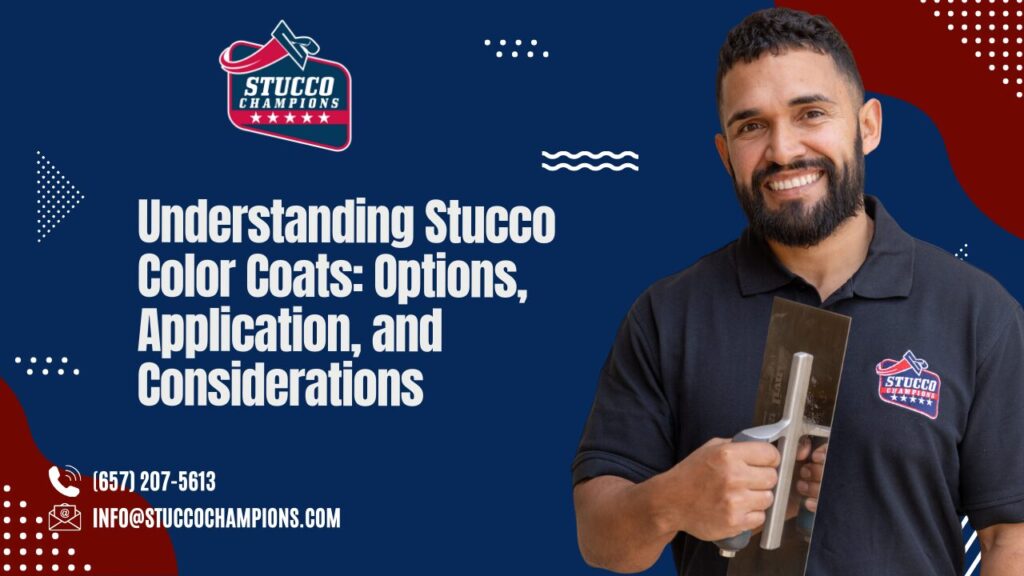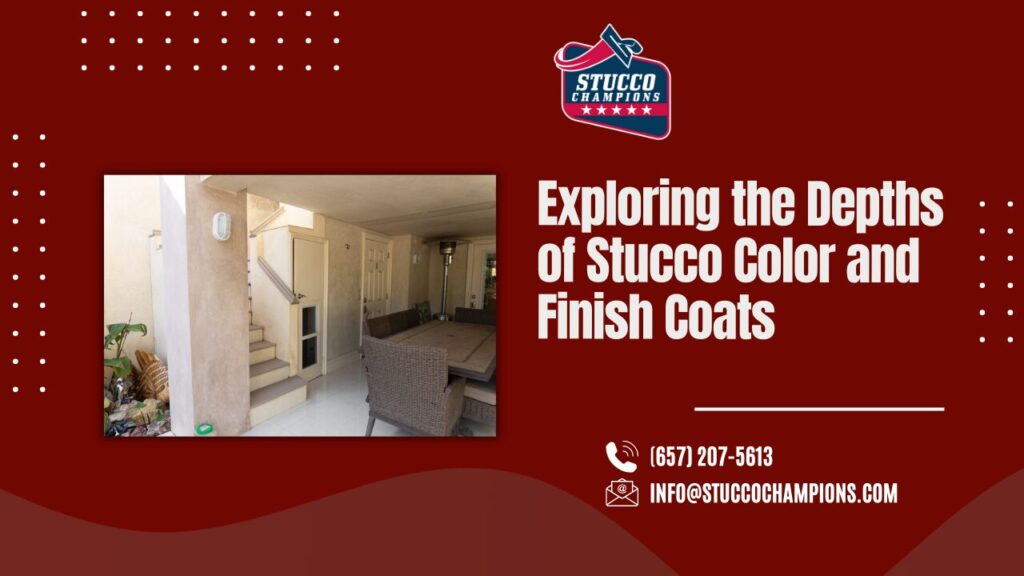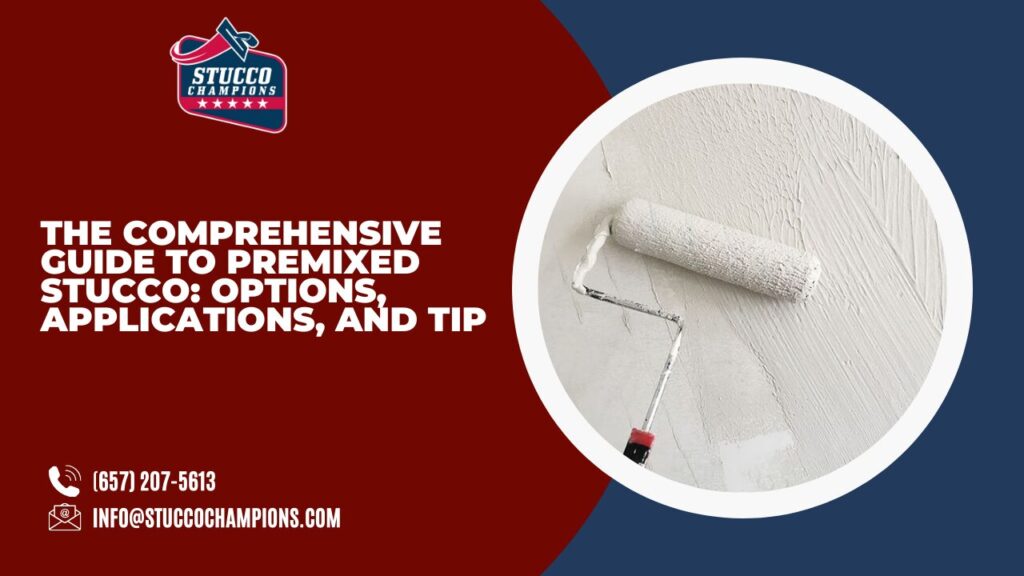Classic Exterior Stucco: A Comprehensive Guide
This article provides a comprehensive understanding of a time-tested and versatile exterior home finish. While popular materials like fiber-cement panels, vinyl siding, and plywood have their uses, this finish has stood the test of time for centuries.
This exterior finish is a cement-type mixture made of Portland cement, lime, sand, and water. It’s applied wet and dries to form a durable, hard surface. It can be used for both exterior and interior walls and ceilings as a decorative finish and can also be painted. Pre-mixed finishes are available at most home centers, requiring only the addition of water.
Types of Finishes:
- Textured: Achieved with a large amount of sand in the mix.
- California Finish: A smooth surface with some rougher areas.
- Smooth Finish: Offers a level and featureless appearance.
- Natural Finish: Left unpainted for a natural look.
Application Methods:
There are three main application methods: one-coat, two-coat, or three-coat. The three-coat method is the most durable and involves a scratch coat, brown coat, and finish coat.
- One-Coat Method: Quick application over rigid foam board and lath.
- Two-Coat Method: Applied to brick and block walls with a bonding adhesive.
- Three-Coat Method: Traditional method for wood sheathing or masonry surfaces.
Pros and Cons
Pros:
- Cost-effective compared to other siding materials.
- Customizable with tints and textures.
- Long-lasting with proper maintenance (up to 100 years).
- Easy to maintain with low annual costs.
- Excellent seal against rain, snow, and harsh weather.
- Resists fire, rot, mold, and termites.
Cons:
- Prone to damage from impact.
- Requires professional installation.
- Long curing time (at least 24-36 hours per coat).
- Needs regular inspection and repairs.
On Masonry Siding:
This finish adheres well to concrete masonry, providing a stable base. A scratch coat is typically applied before the finish coat.
On Wood Siding:
Wood-sheathed buildings require more preparation, including a house wrap or waterproof building paper and metal lath for the scratch coat.
Maintenance:
- Regularly inspect the exterior for cracks and seal them with paintable acrylic caulk.
- Leave repairs for large holes or significant damage to professionals.
- Avoid pointing sprinklers and gutter downspouts at the surface to prevent water damage.
Cleaning:
- Clean walls with a garden hose sprayer to remove dirt and dust.
- For stains, use a bleach and water solution or a mixture of Borax and dish soap in warm water.
- Avoid using a power washer.
By understanding this exterior finish, you can decide if it’s the right choice for your home.
Last week’s post, “Stucco Secrets Revealed: Mastering the Flawless Finish for Your Property,” shared expert tips on achieving a perfect stucco application. We covered key techniques and common mistakes to avoid, ensuring your property gets a smooth, durable, and professional finish.
—
Ready to Work With Stucco Champions? Contact Stucco Champions today for a free consultation! Visit us at stuccochampions.com for helpful resources and to learn more about our services.



